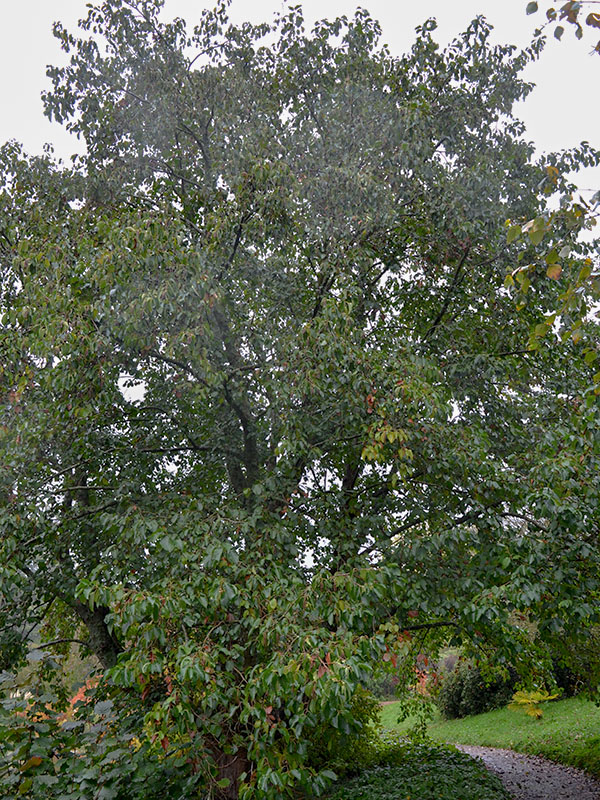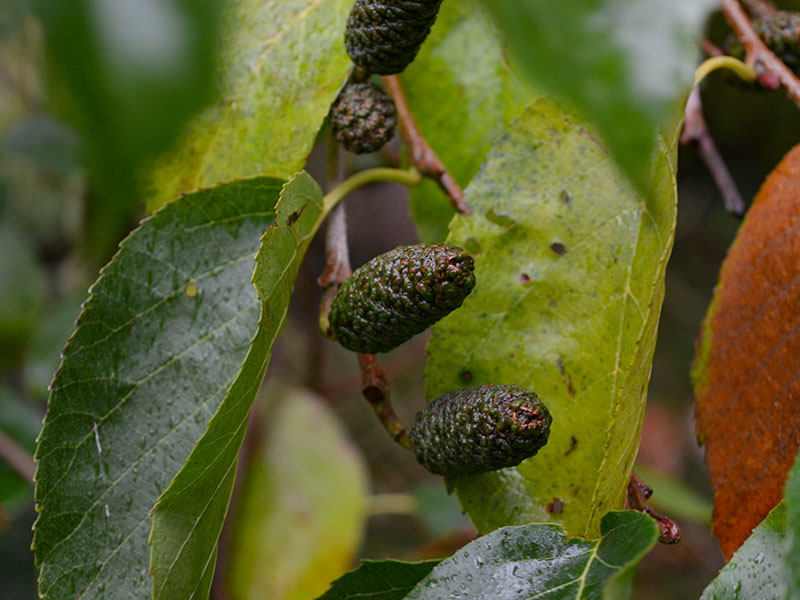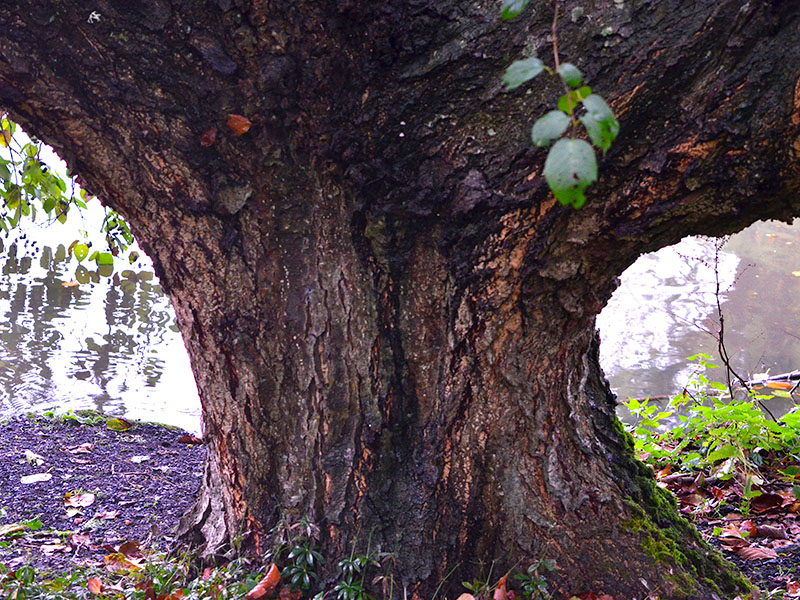
Woody > Alnus > Alnus × spaethii > Alnus × spaethii
Alnus × spaethii
| Family |
| Betulaceae |
| Genus |
| Alnus |
| Species |
| × spaethii |
| Category |
| Woody |
| Type |
| Tree (deciduous) |
| USDA Hardiness Zone |
| 6 - 9 |
| Canadian Hardiness Zone |
| 5a - 8b |
| RHS Hardiness Zone |
| H7 |
| Temperature (°C) |
| (-23) - (-1) |
| Temperature (°F) |
| (-10) - 30 |
| Height |
| 12 - 20 m |
| Spread |
| 4 - 8 |
Photographs
Description and Growing Information
Flowering Period
| General Description |
| A swift growing deciduous tree producing yellow catkins in spring. |
| Landscape |
| Works well in a large garden or as a street tree, as a specimen tree in a park, but are most desirable for windbreaks and screening. Provides shelter because of its fast growing nature. |
| Cultivation |
| Full-partial sun, it can tolerate acidic, neutral, and alkaline soils. Tolerates dry, loamy, and clay soils but is very tolerant and thrives even in wet and poor soil conditions. Very pollution tolerant and resistant to wind. |
| Shape |
| Upright and narrow crown. |
| Growth |
| Fast |
| Pests |
| In alkaline soils it can become susceptible to chlorosis. Identifiable by abnormally small leaves that have turned a yellowish- brown colour. |
| Notable Specimens |
| Wakehurst Place, Ardingly, Haywards Heath, Sussex, England. |
| Propagation |
| Seed and hardwood cuttings. Seeds should be planted when ripe and will germinate in spring when the weather warms. When seedlings are large enough transplant into individual pots. Cuttings from taken from hardwood in autumn when the leaves fall and rooted in sandy soil will also work well. |



